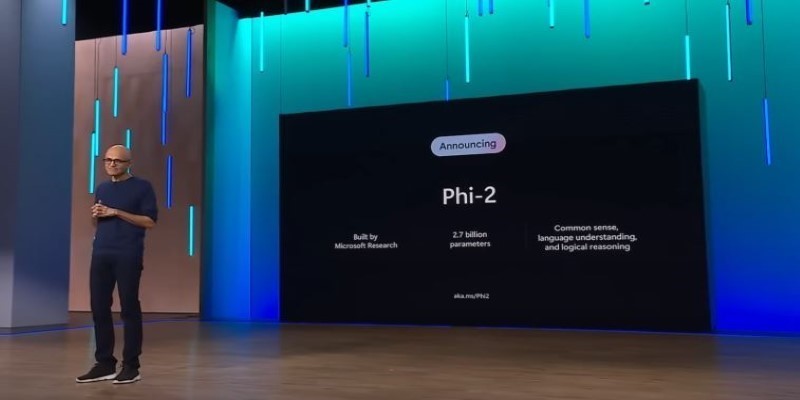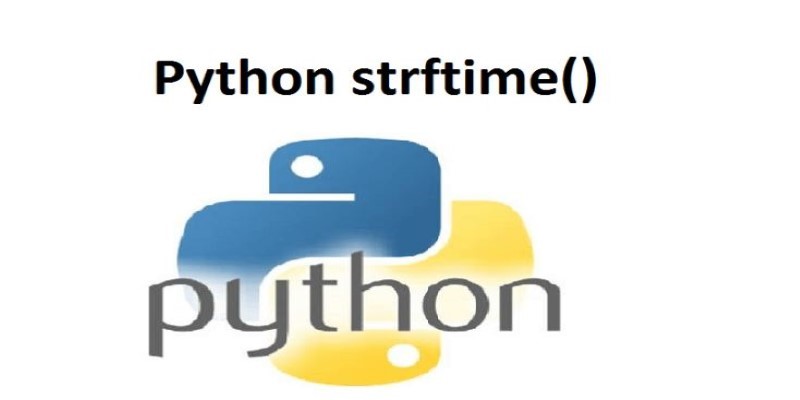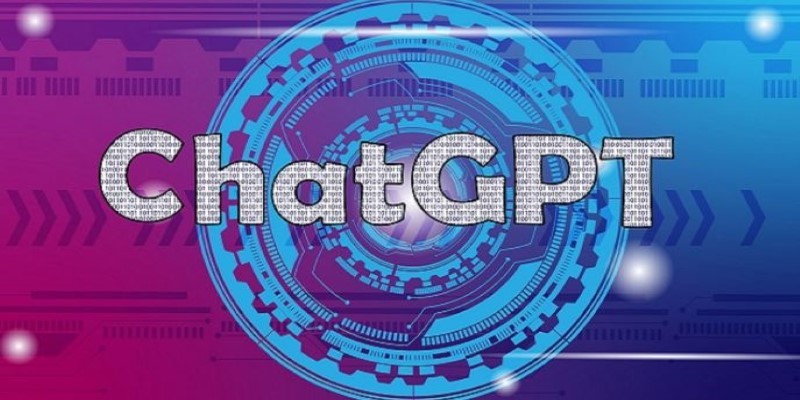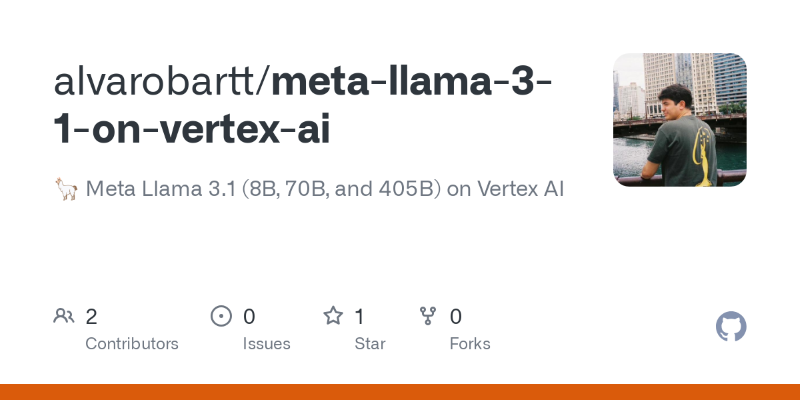Advertisement
For anyone paying attention to open-source large language models, the names “Vicuna” and “Alpaca” are hard to ignore. At a glance, they sound like two cuddly creatures from the Andes. They represent some of the most well-known open-source LLMs that aim to offer GPT-like capabilities at a fraction of the resource cost.
While they’re both derived from Meta’s LLaMA, the way they were fine-tuned, their performance benchmarks, training datasets, and overall quality differ quite a bit. Picking the better one depends on what you're optimizing for—speed, training cost, instruction following, or how they behave in real-world use.
Vicuna and Alpaca were created using Meta's LLaMA 7B as the base model, but their training strategies diverged. Alpaca came first. Developed by Stanford researchers, Alpaca was trained on 52,000 examples generated using OpenAI's text-davinci-003. The idea was to make a smaller, instruction-following model that could be reproduced cheaply. The team spent under $600 to fine-tune Alpaca using supervised instruction tuning on these synthetic examples.
On the other hand, Vicuna was released a few weeks later by researchers from LMSYS. They went further and trained on around 70,000 user-shared conversations from ShareGPT. Unlike Alpaca, which focused on single-turn instructions, Vicuna used multi-turn conversations to mimic the structure of chat interactions. This gave it a big edge when carrying context across messages, making it better suited for chatbot-style use.
While both are fine-tuned on LLaMA, their different objectives show up in their behavior. Alpaca is more direct and leans on simple question-answering or task-following prompts. Vicuna feels more like a full-fledged chatbot, able to handle longer, more complex back-and-forth conversations.
Comparing Vicuna vs Alpaca on paper is tricky because there isn’t a single agreed-upon benchmark for open-source instruction-tuned models. However, some general patterns show up in informal testing and user reports.

Alpaca handles basic instruction-following tasks well. If you aim to generate summaries, answer trivia questions, or run simple text generation tasks, it's surprisingly competent for a model fine-tuned on a limited dataset. But it struggles with nuance, sarcasm, ambiguity, and memory. That’s expected from a model trained mostly on straightforward prompts.
Vicuna, however, performs noticeably better in conversation. Its fine-tuning of ShareGPT interactions helps it better understand informal language, interpret tone, and convey context between messages. It also ranks higher in human evaluations when judged against other open-source chatbots. People who have tested Vicuna alongside ChatGPT and Claude often say it gets closer to ChatGPT's behavior—at least in specific settings like casual Q&A or friendly discussion.
However, neither Alpaca nor Vicuna matches the quality of GPT-4 or Claude 3 in reasoning-heavy tasks or edge cases. They show that instruction-following models can be fine-tuned cheaply and effectively using high-quality data. The difference is that Vicuna pushes harder in the chatbot direction, while Alpaca stays closer to the classroom or FAQ model.
Both models raise the same concerns that apply to most open-source LLMs. Since they inherit weights from LLaMA, they also inherit whatever biases were baked into LLaMA’s original training corpus. LLaMA is trained on Common Crawl, Wikipedia, books, and other scraped content. So, any issues in those datasets—biases, factual errors, or toxic content—may carry over.
Alpaca used OpenAI-generated instructions, which means the training examples were curated through a commercial LLM. This gave it a clean and direct structure but possibly reduced the variety in tone and phrasing. It doesn't generalize as well to conversational or less formal inputs. On the safety side, the Stanford team never released a hosted version of Alpaca, citing concerns about misuse and hallucination.
Vicuna’s dataset is more diverse because it’s scraped from real user interactions via ShareGPT. This means the examples include follow-up questions, clarifications, and informal chatting but also include whatever errors or questionable content users submitted. So Vicuna has more breadth in conversational tone but may also inherit more unpredictability.
In practice, Vicuna is likelier to reflect casual speech and less filtered input, while Alpaca plays it safe but can feel robotic. Both have no reinforcement learning with human feedback (RLHF) applied, which limits their alignment compared to more polished models like ChatGPT. And neither has strong guardrails, which should concern anyone planning to deploy them in public-facing applications.
Choosing between Vicuna and Alpaca comes down to the use case. Alpaca is easier to reproduce and customize if you're a developer or researcher looking to understand how supervised instruction tuning works on a small budget. Its smaller training set and simple architecture make it good for controlled experiments. It's also better if your use case involves single-turn instructions like "Translate this" or "Summarize this article."

Vicuna is better suited for actual chat interfaces. Its ability to maintain context and handle longer back-and-forth exchanges makes it feel more fluid. Vicuna is the better fit if you're building a bot, assistant, or even just a research tool for testing LLM behavior in conversations.
From a hardware perspective, both models are based on LLaMA 7B, which means you can run them on consumer GPUs with enough VRAM (at least 12–16 GB). That makes them attractive—no need to rent huge clusters just to fine-tune or run them. That said, Vicuna's larger dataset might perform better in tasks involving subtle inference or chained logic.
If the secondary keyword you're tracking is “open-source chatbot," Vicuna fits that label better. Alpaca is more of an instructional model, while Vicuna more naturally crosses into chatbot territory.
Vicuna and Alpaca come from the same base model but serve different roles. Alpaca uses clean, synthetic instruction data, making it easier to test and ideal for academic use. Vicuna, trained in real conversations, handles dialogue more naturally and suits chatbot applications better. If you're building a lightweight open-source chatbot, Vicuna fits best. For simple, task-focused instructions, Alpaca works well. Both show how open-source AI continues to grow quickly.
Advertisement

Google debuts new tools and an agent protocol to simplify the creation and management of AI-powered agents.

Why INDEX MATCH is often a better choice than VLOOKUP in Excel. Learn the top 5 reasons to use INDEX MATCH for more flexible, efficient, and reliable data lookups

Samsung launches world’s smartest AI phone with the new Galaxy S24 series, bringing real-time translation, smart photography, and on-device AI that adapts to your daily routine

How Phi-2 is changing the landscape of language models with compact brilliance, offering high performance without large-scale infrastructure or excessive parameter counts

Curious about Vicuna vs Alpaca? This guide compares two open-source LLMs to help you choose the better fit for chat applications, instruction tasks, and real-world use

Discover the top data science leaders to follow in 2025. These voices—from educators to machine learning experts—shape how real-world AI and data projects are built and scaled

Explore the Python strftime() function and how it helps convert datetime objects into formatted strings. Learn common usage, tips, and avoid pitfalls in this detailed guide

Hugging Face enters the world of open-source robotics by acquiring Pollen Robotics. This move brings AI-powered physical machines like Reachy into its developer-driven platform

Compare ChatGPT vs. HuggingChat to find out which AI chatbot works better for writing, coding, privacy, and hands-on control. Learn which one fits your real-world use

How to apply the COUNT function in SQL with 10 clear and practical examples. This guide covers conditional counts, grouping, joins, and more to help you get the most out of SQL queries

Gemma 3 mirrors DSLMs in offering higher value than LLMs by being faster, smaller, and more deployment-ready

Need to deploy a 405B-parameter Llama on Vertex AI? Follow these steps for a smooth deployment on Google Cloud